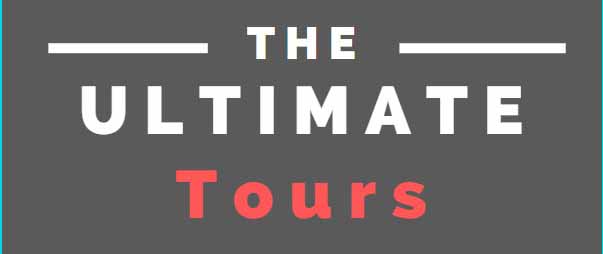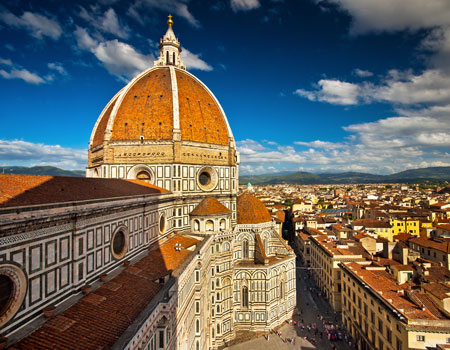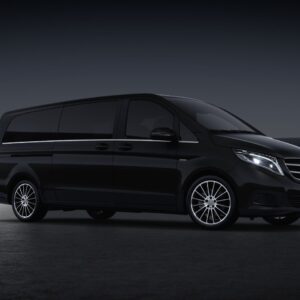Description
Where to Start Your Tour in Italy?
If you would like to visit Italy by bus or car and you cannot use ferries the best itinerary for most of the visitors is always driving from North to South on the West coast and form South to North by the East coast (or opposite)
If you arrive in Italy by boat or ferry the main ports all around Italy, La Spezia (Liguria Region), Livorno (Tuscany region), Civitavecchia (Rome), Naples (Campania Region), Palermo and Catania (Sicily Region), Venezia (Veneto Region), are always well connected with the most important touristic cities and venues. Morover most of the times are them self amazing destinations.
If you flight we suggest you, whenever possible, to book your ticket for starting your itinerary in a city and ending it in another. Internal flights are often not cheap in Italy and many cities are flighing only to Rome, Milan, Bologna, Pisa and Florence
Start a tour in Italy from Venice: Venice airport is an important entrance or departure gate for travellers in italy because the city its self must be seen at least one in life and because it is in the north-east corner of the country. This makes smart to arrange an itineary starting or arriving in Venice.
Start a tour in Italy from Milan: Milan is the second italian hub after Rome and has 2 international airports, Linate very close of the city on the East side and Malpena, around 50 kms away in the countryside of Novara on the West side, It is very confortable for starting a tour also because it is very well connected, by flight and train, with Rome, if you take into consideration to start and end your tour in one of these 2 cities.
Start a tour in Italy from Rome: “Tutte le strade portano a Roma” / “All roads lead to Rome”. Since the Roman empire Rome was considered the center of the world, so it is not strange to say that is most suitable solution for starting your italian holiday. In fact considering the number of internal and international flights of nearest Fiumicino airport, the Civitavecchia port 70 kms away, the Termini stations right in the city center, plus the importance of the destination its self, Rome is for sure the best place where to start your tour in Italy.
Start a tour in Italy from Florence and Pisa (Tuscany): Florence and Pisa airports there are important entrance or departure gate for travellers in italy because the cities its self must be seen at least one in life and because it is in the central part of the country. This makes smart to arrange an itineary starting or arriving in Pisa and Florence (because you can put the focus on the Arts and visit the famous Leaning Tower, see the David, the Uffizi Gallery and enjoy many intersting wine and food tours in Chianti!)
Tips to Drive in Italy
The best way travel through Italy is by its wide-ranging train rails. Fast trains (Intercity, Frecce, Eurostar) cost between 20-100 euros per trip. The slow regional trains cost between 3-25 euros per trip, take them! you could better admire the beautiful landscapes you would pass by. For short distances, you can take buses and subways with a cheap price, spending around 2 euro for a single ticket.
You really want to drive in Italy? We got it: it could be hard to visit the isolated villages and rural areas making Italy so groovy. We assure you that exploring areas in the middle of nowhere by train and bus is possible in some way, and easier than you think. Nevertheless a rented car guarantees you more freedom and, depending on the number of people you’re with, it could be the cheapest option. You could even rent a motorcycle or scooter, but probably they are not the best choice for long distance trips.
That said, driving in Italy can be a savage experience, mostly for the awesome reputation of Italian drivers. They get wilder the further south you reach! Driving in Italian cities is for daredevil drivers only. Ok, we joked a bit..if you read the following rules you’ll be handling Italian roads like a boss..just don’t abuse the car horn, please.
- Foreign-registered vehicles having fulfilled customs obligations (if applicable) are allowed to circulate in Italy for a maximum of one year.When driving in Italy, you need to have the following documents with you:
- Vehicle registration certificate.
- Valid national driving licence enabling to drive the category of vehicle driven.
- Unless your national driving licence was issued by an EU/EFTA-member state, it must be accompanied either by an international driving permit, to be obtained prior to departure, or by a sworn translation into Italian.
- Third party liability insurance cover bought in an EU country. Residents of non-EU countries should contact their insurance company prior to departure and check whether they need a green card (international insurance certificate) or a short term insurance.
All foreign-registered vehicles circulating in Italy must display a nationality sticker at the rear.
Compulsory Documents
Foreign-registered vehicles having fulfilled customs obligations (if applicable) are allowed to circulate in Italy for a maximum of one year.
When driving in Italy, you need to have the following documents with you:
- Vehicle registration certificate.
- Valid national driving licence enabling to drive the category of vehicle driven.
- Unless your national driving licence was issued by an EU/EFTA-member state, it must be accompanied either by an international driving permit, to be obtained prior to departure, or by a sworn translation into Italian.
- Third party liability insurance cover bought in an EU country. Residents of non-EU countries should contact their insurance company prior to departure and check whether they need a green card (international insurance certificate) or a short term insurance.
All foreign-registered vehicles circulating in Italy must display a nationality sticker at the rear.
Main Driving Rules
In Italy you must drive on the right. The left lanes are reserved for overtaking. The vehicle to be overtaken must keep as far to the right as possible.
Driving on the emergency lane is forbidden, since this is reserved for rescue and emergency vehicles and emergency stops.
An adequate safety distance should be maintained so as to avoid collisions in case the preceding vehicle brakes suddenly.
Seat belts are compulsory for the driver and all occupants of the vehicle, including light quadricycles and micro cars.
Moped riders cannot carry any passenger until they are 18 years old.
Moped riders aged at least 18 can carry one passenger, provided this is indicated in the moped registration document.Motorcycle or moped riders must wear a helmet. Helmets must be European type-approved and must be worn correctly at all times.
Driving on the lanes specially reserved for public transport is forbidden. Such lanes are identified by means of special road signs and yellow road markings.









